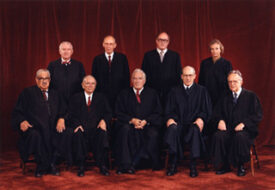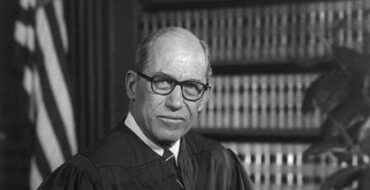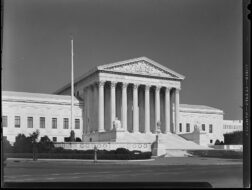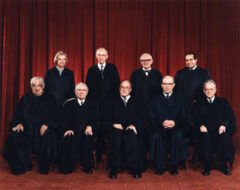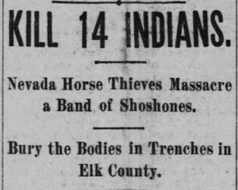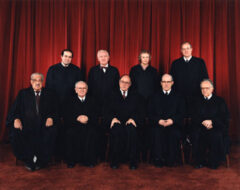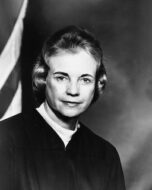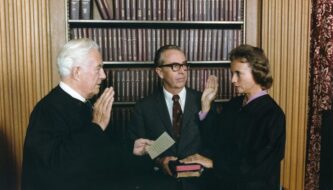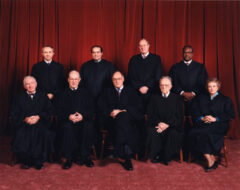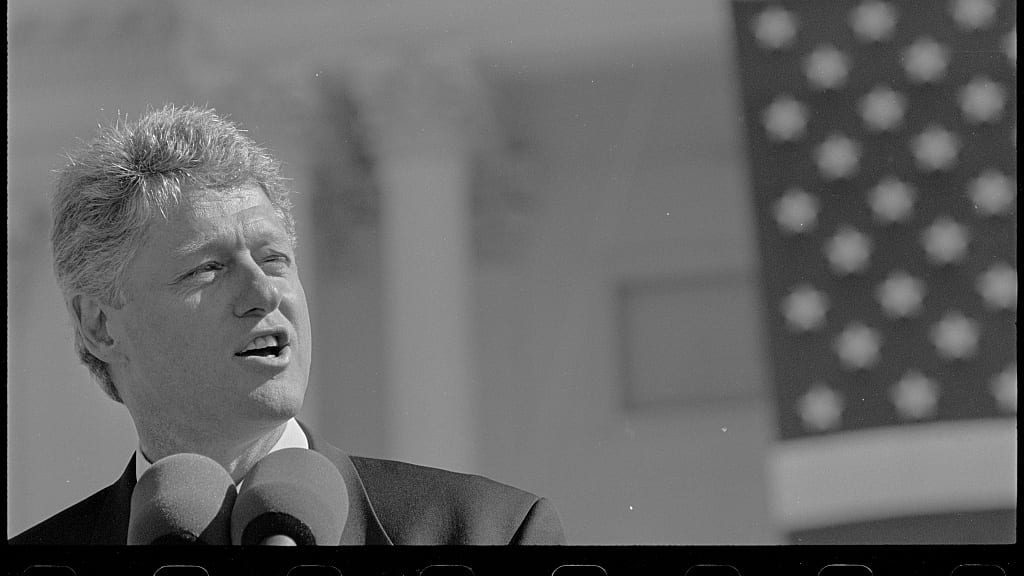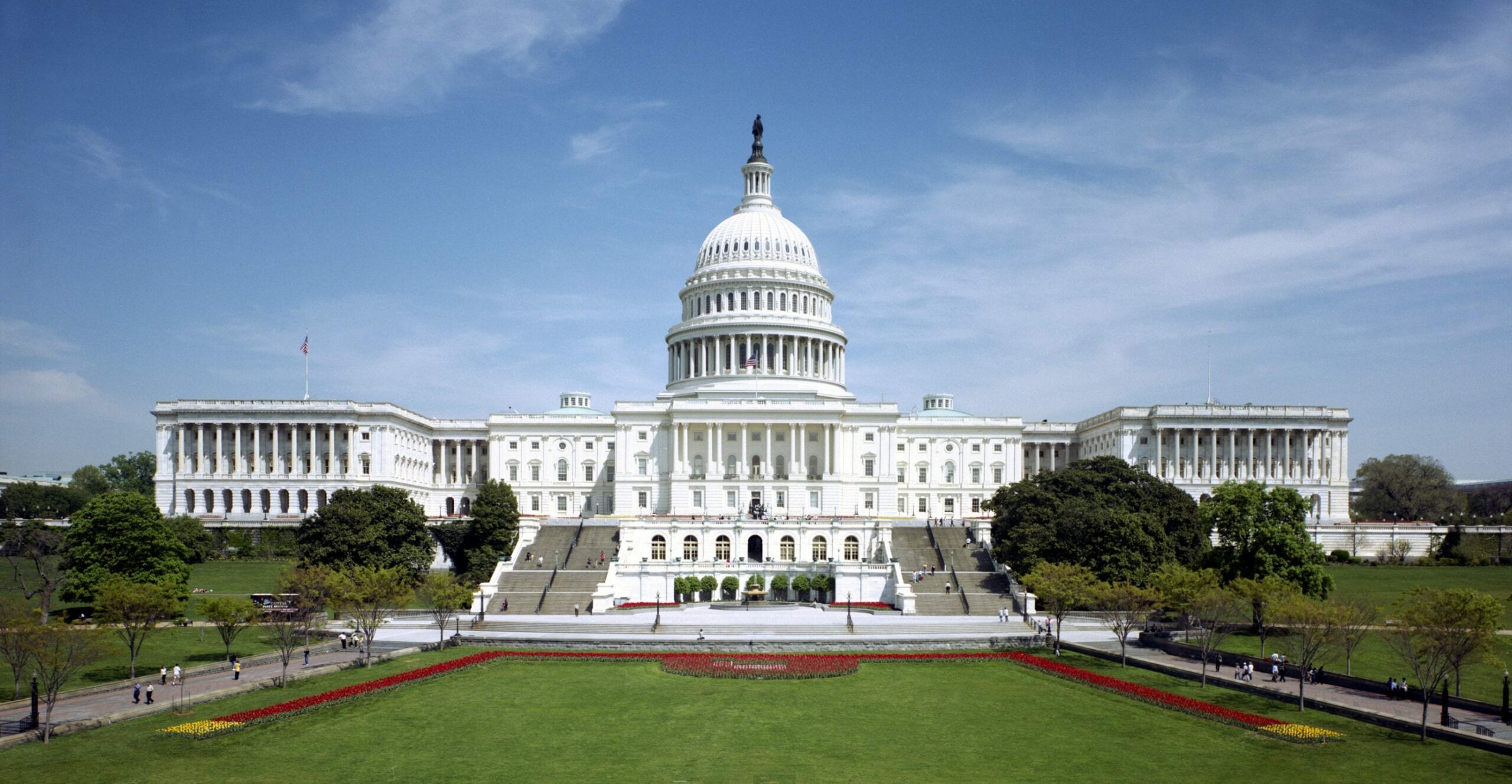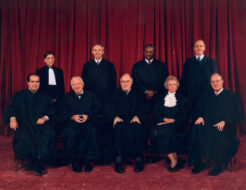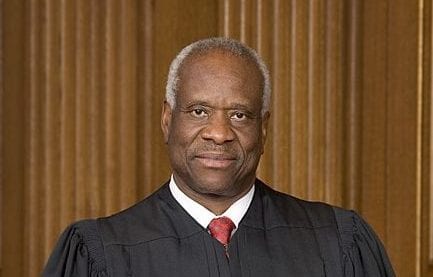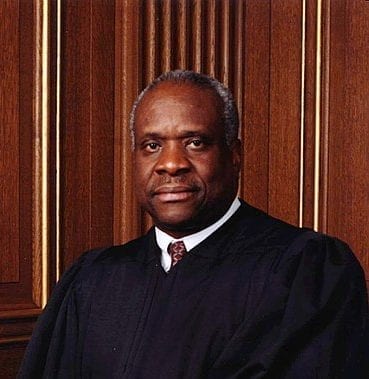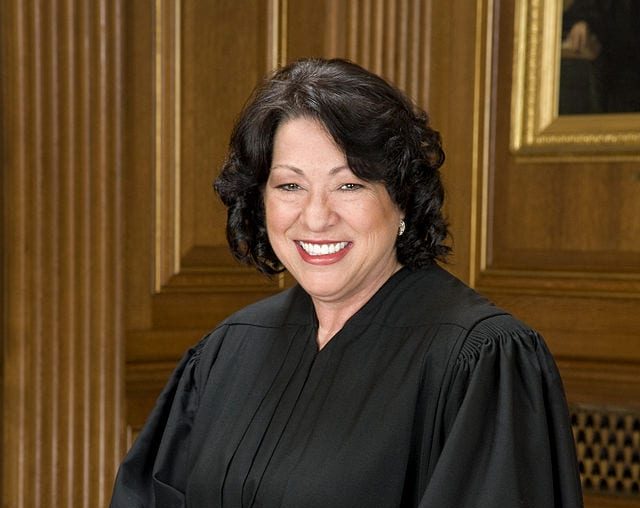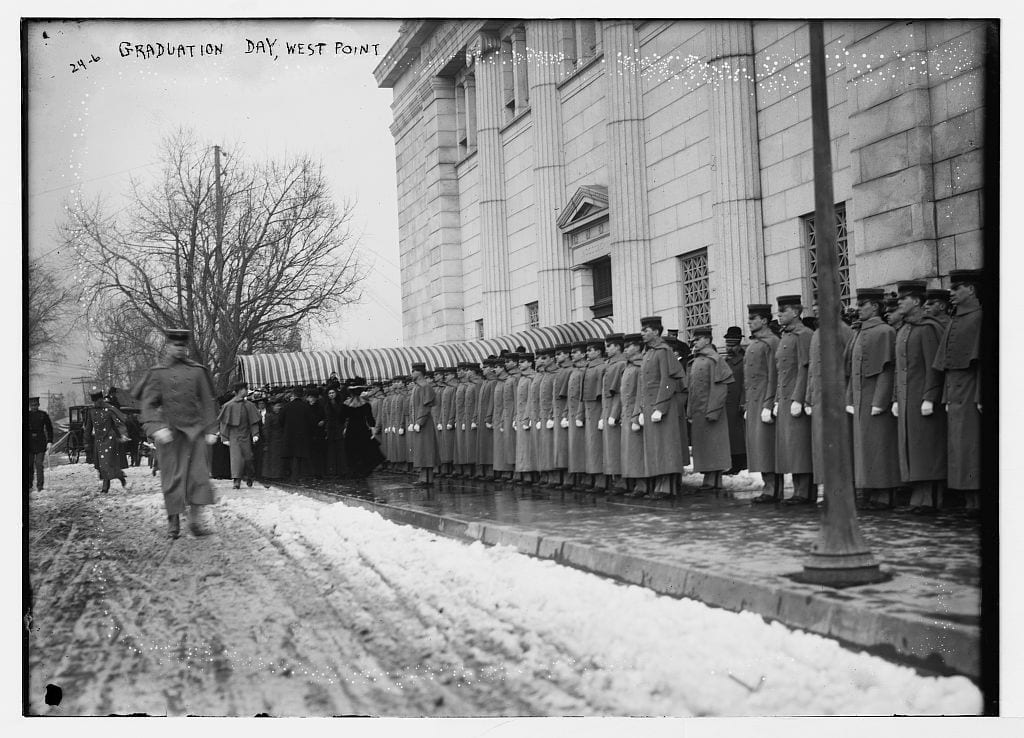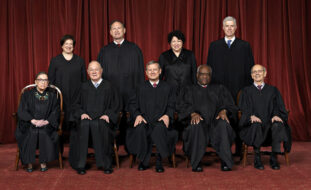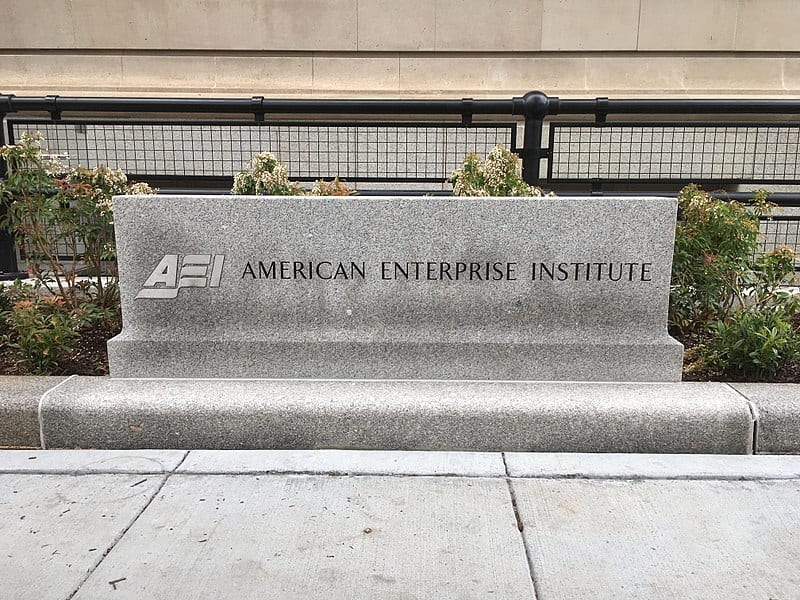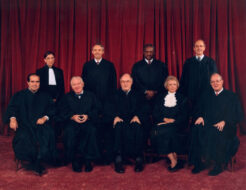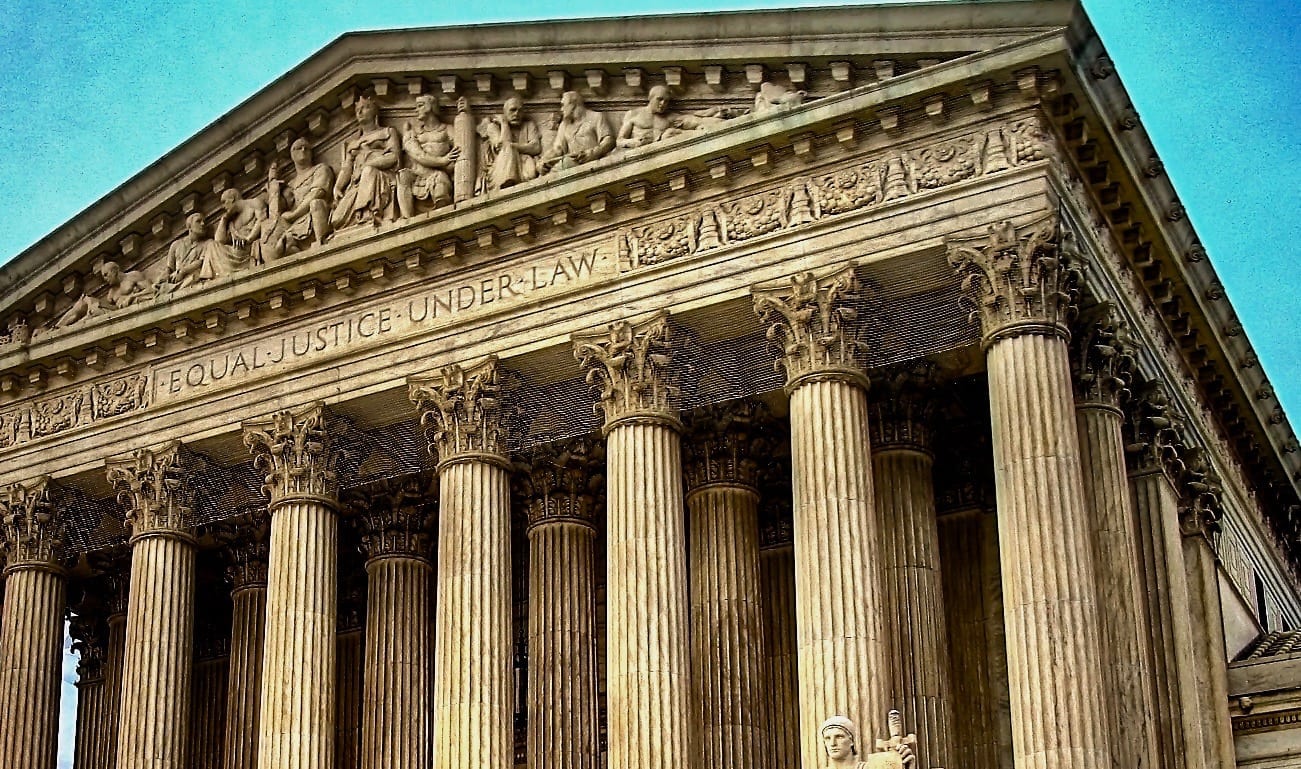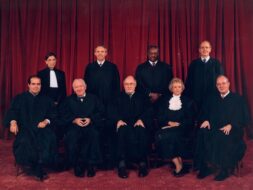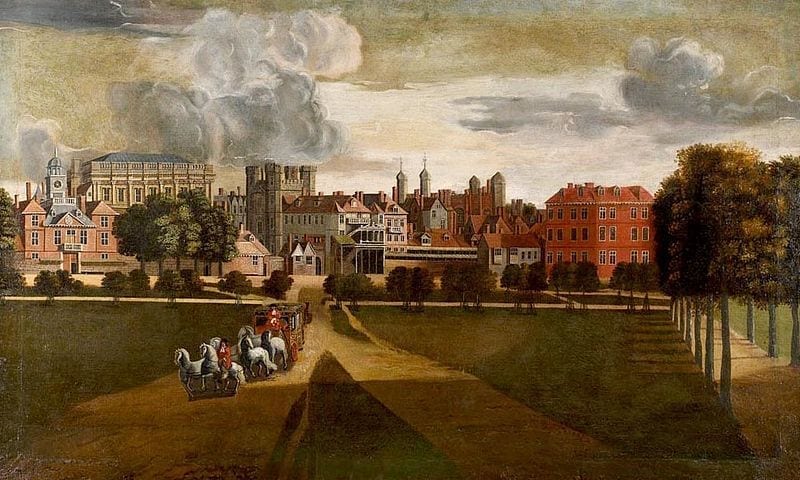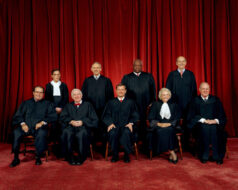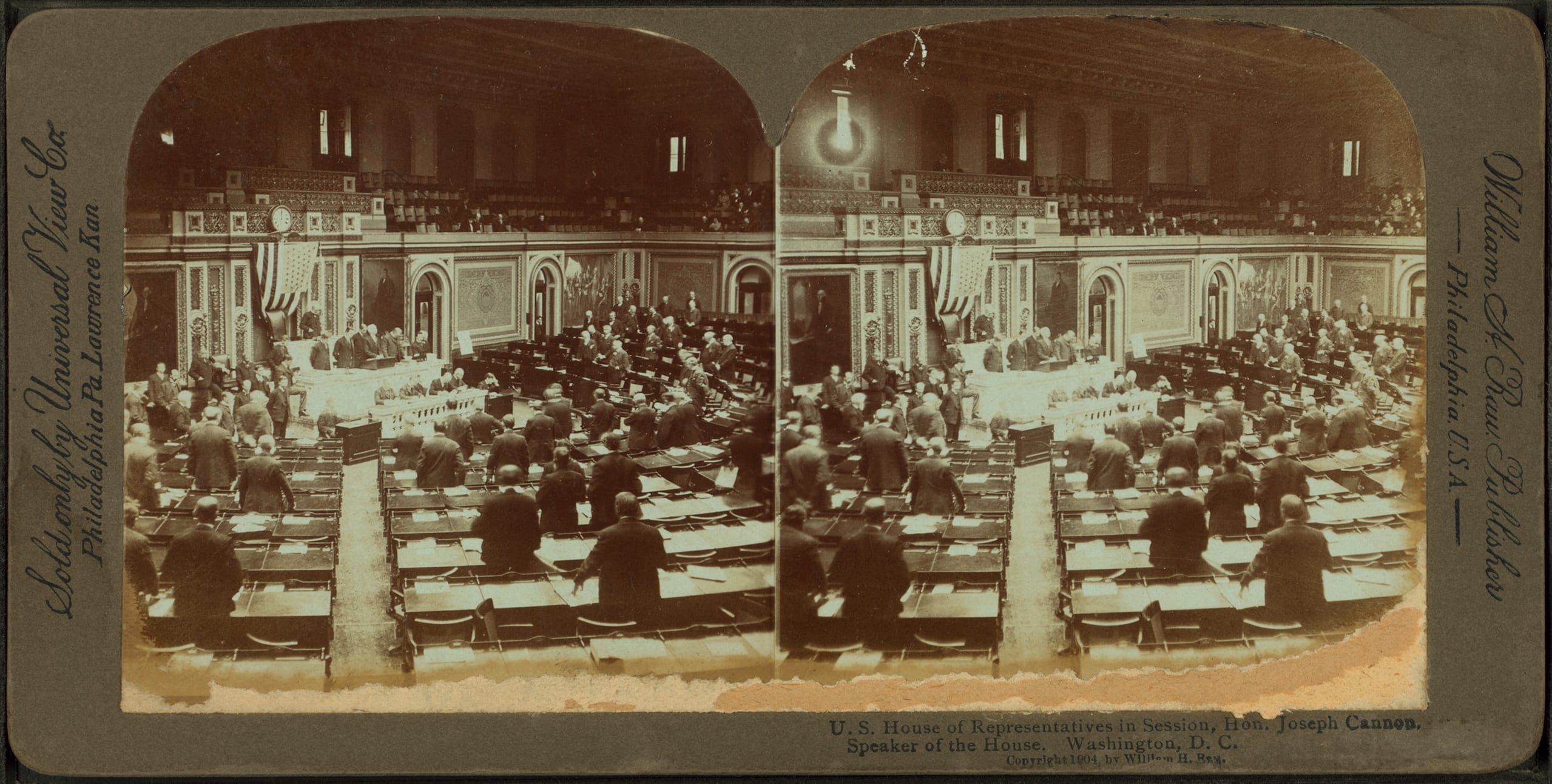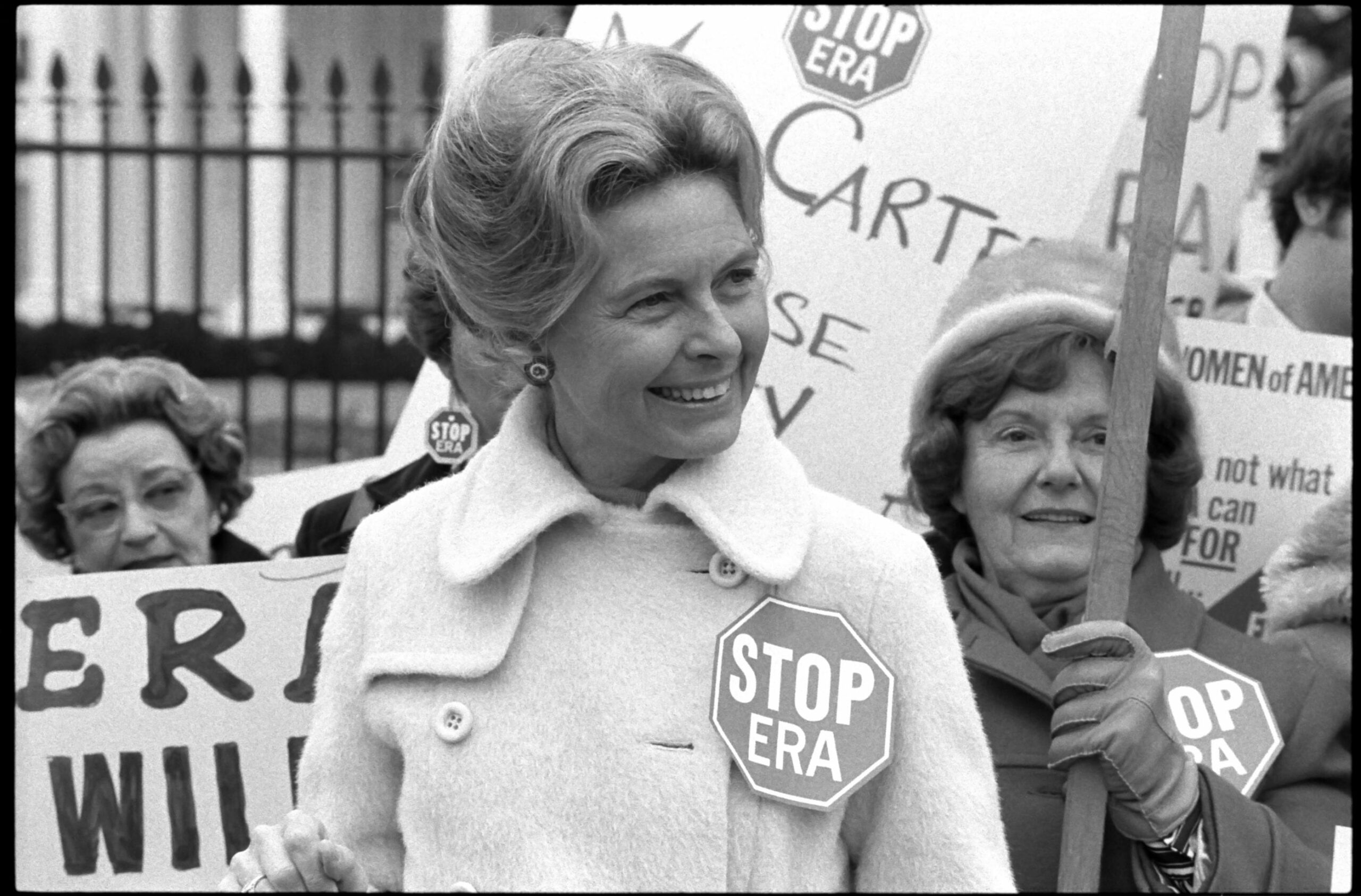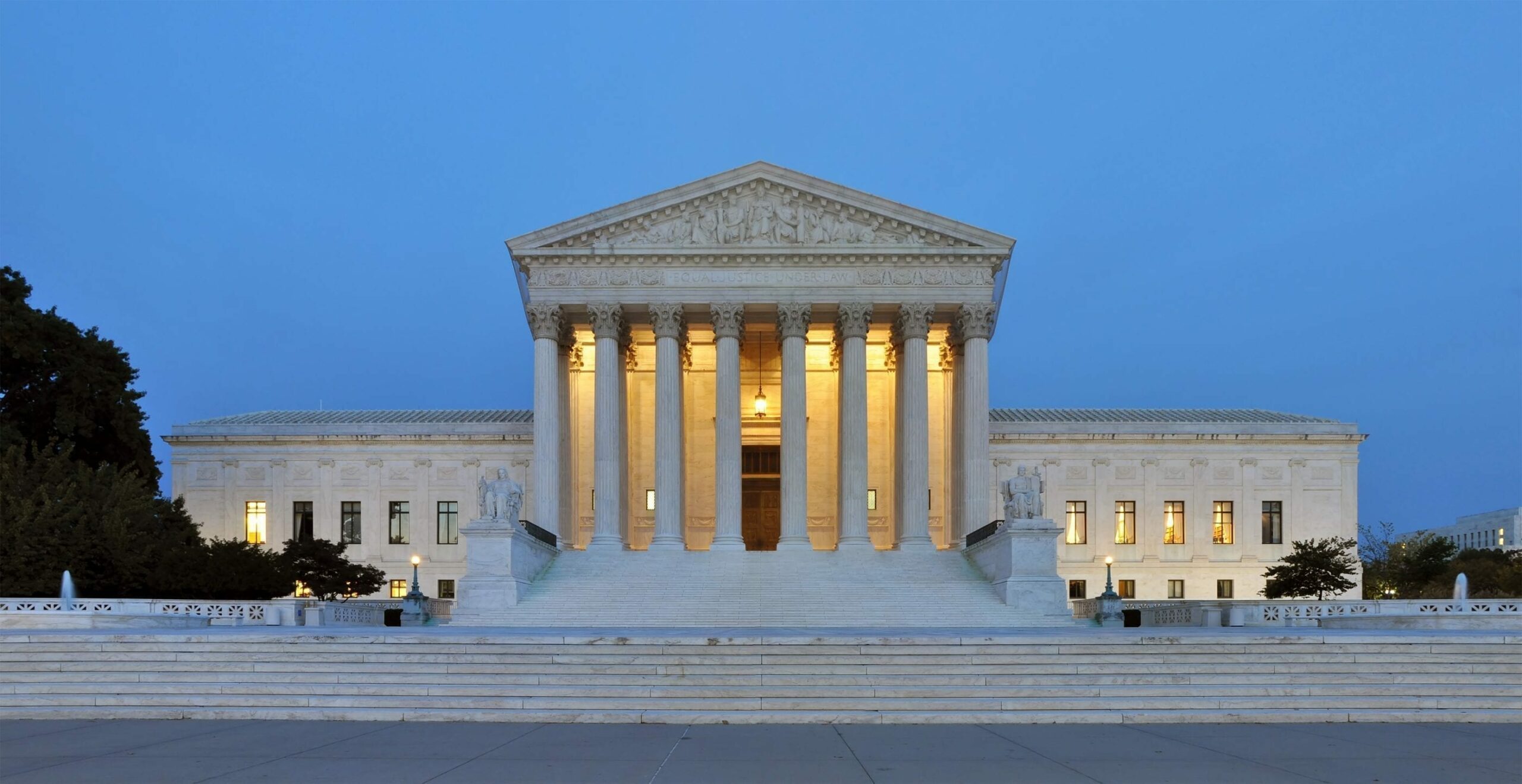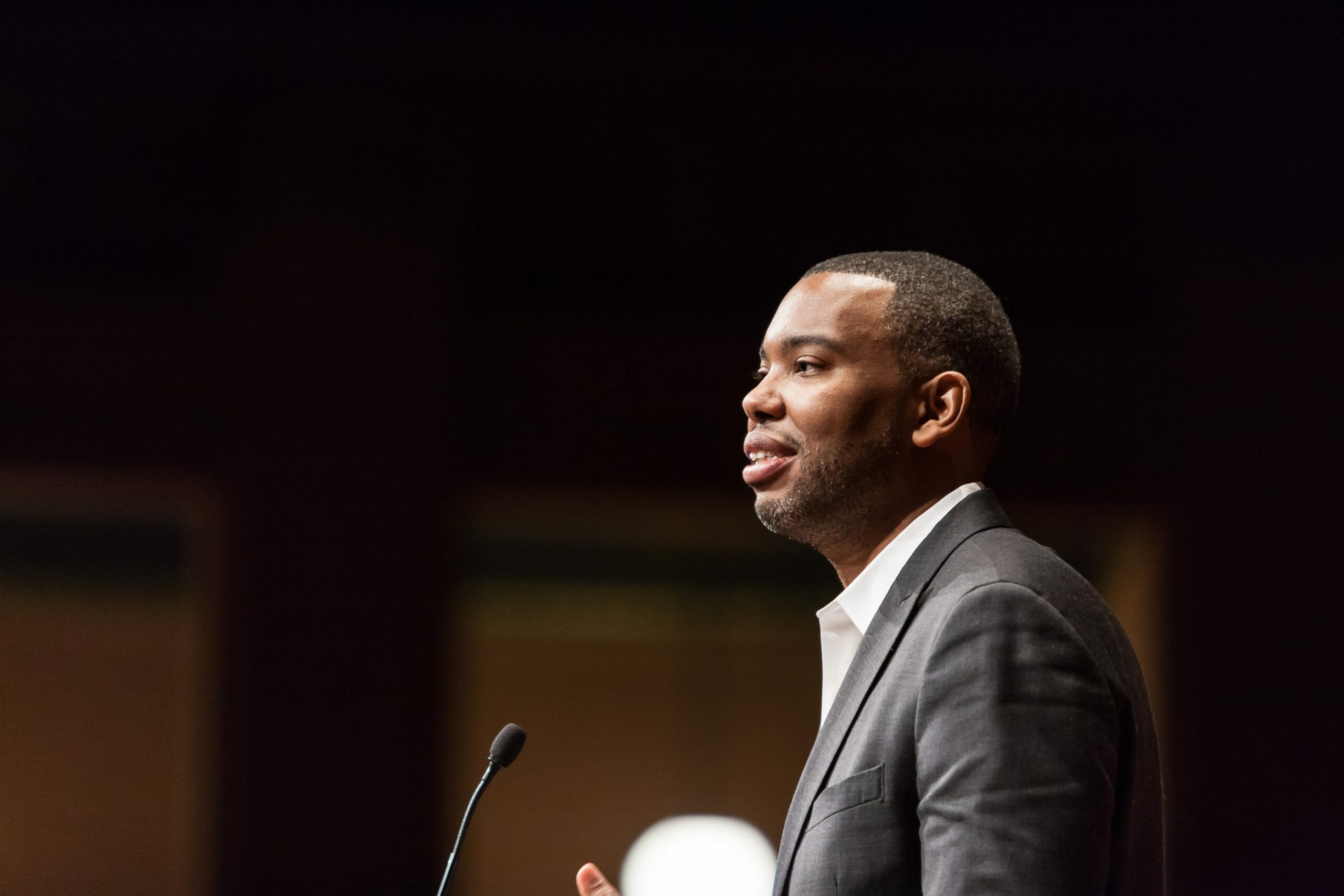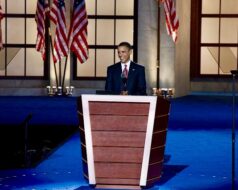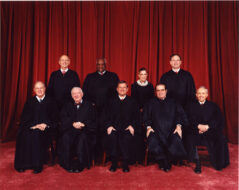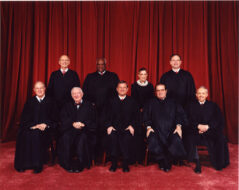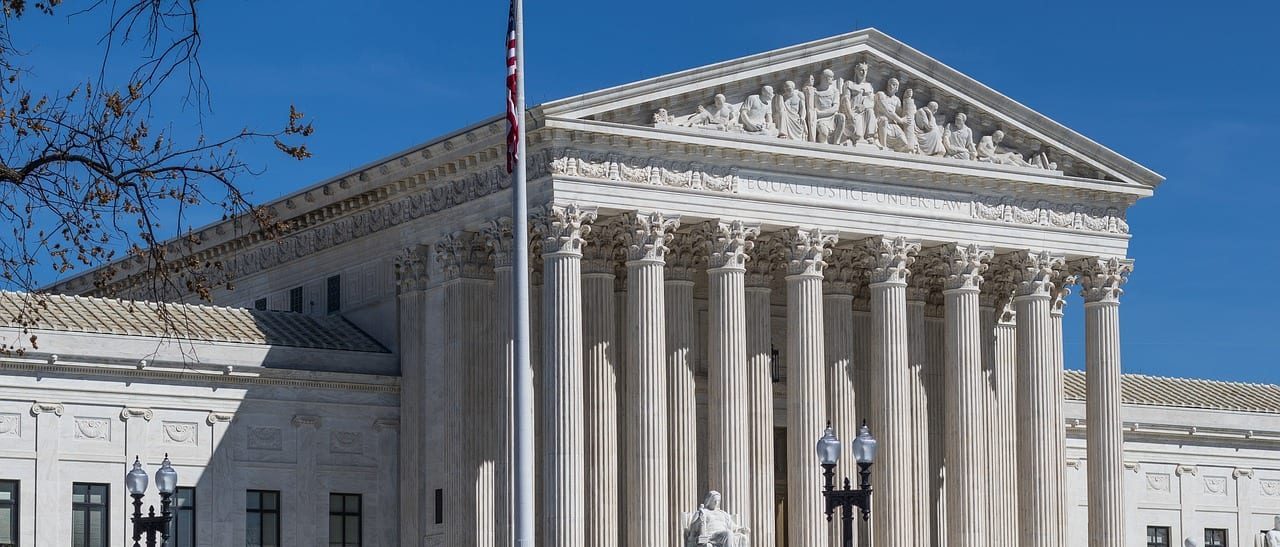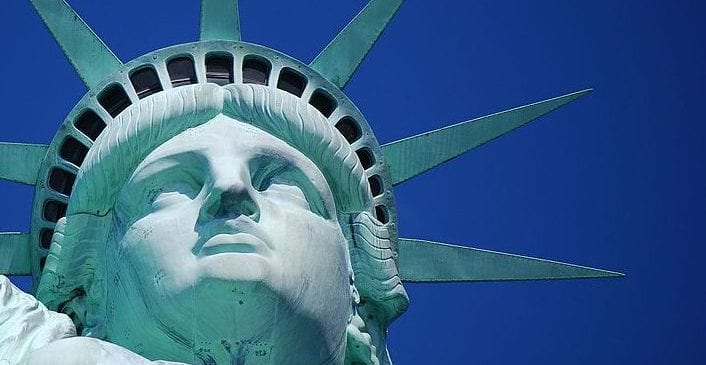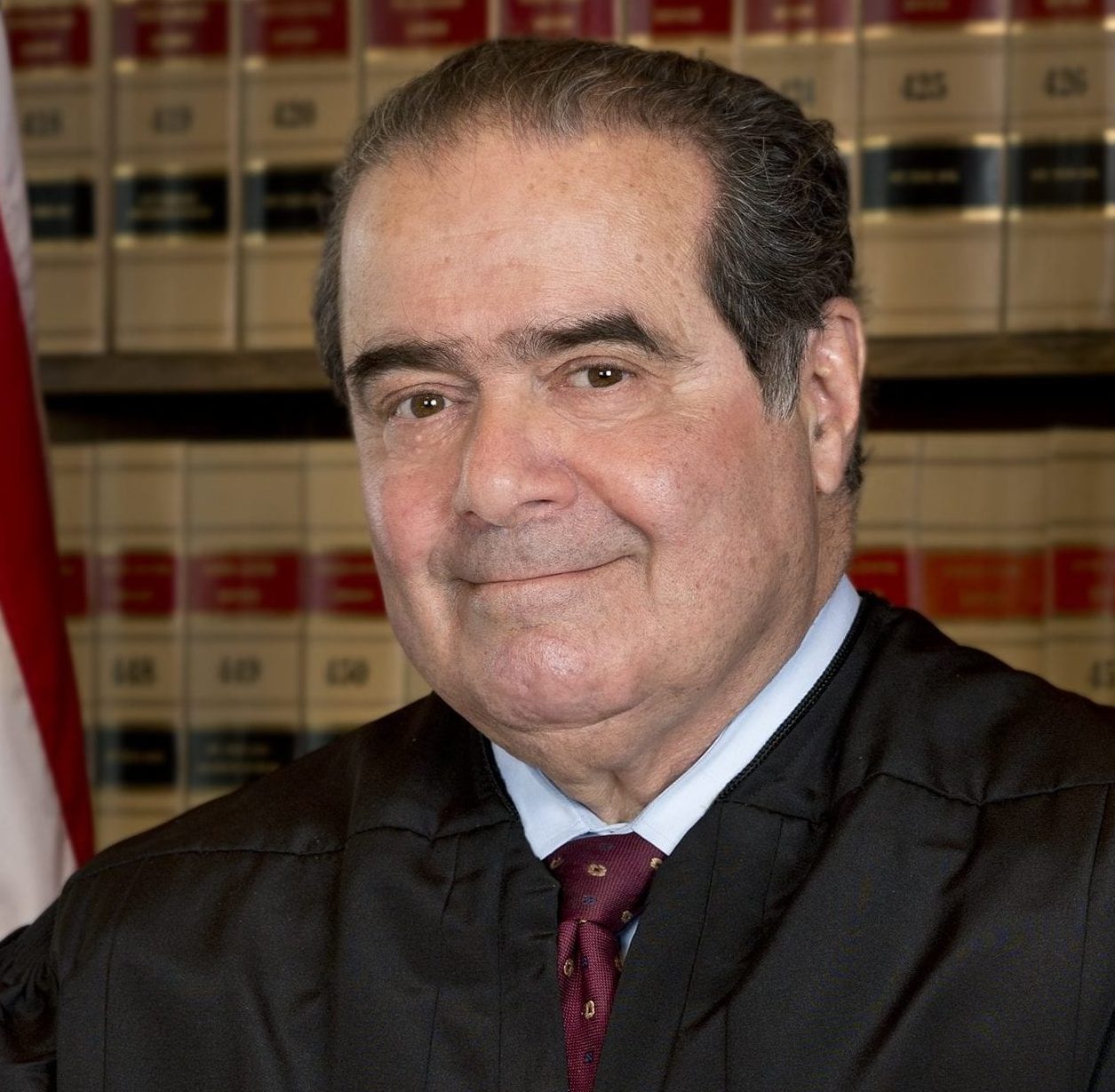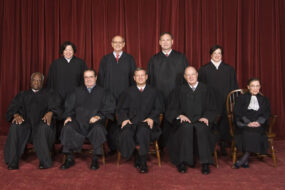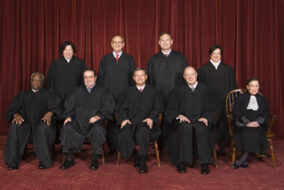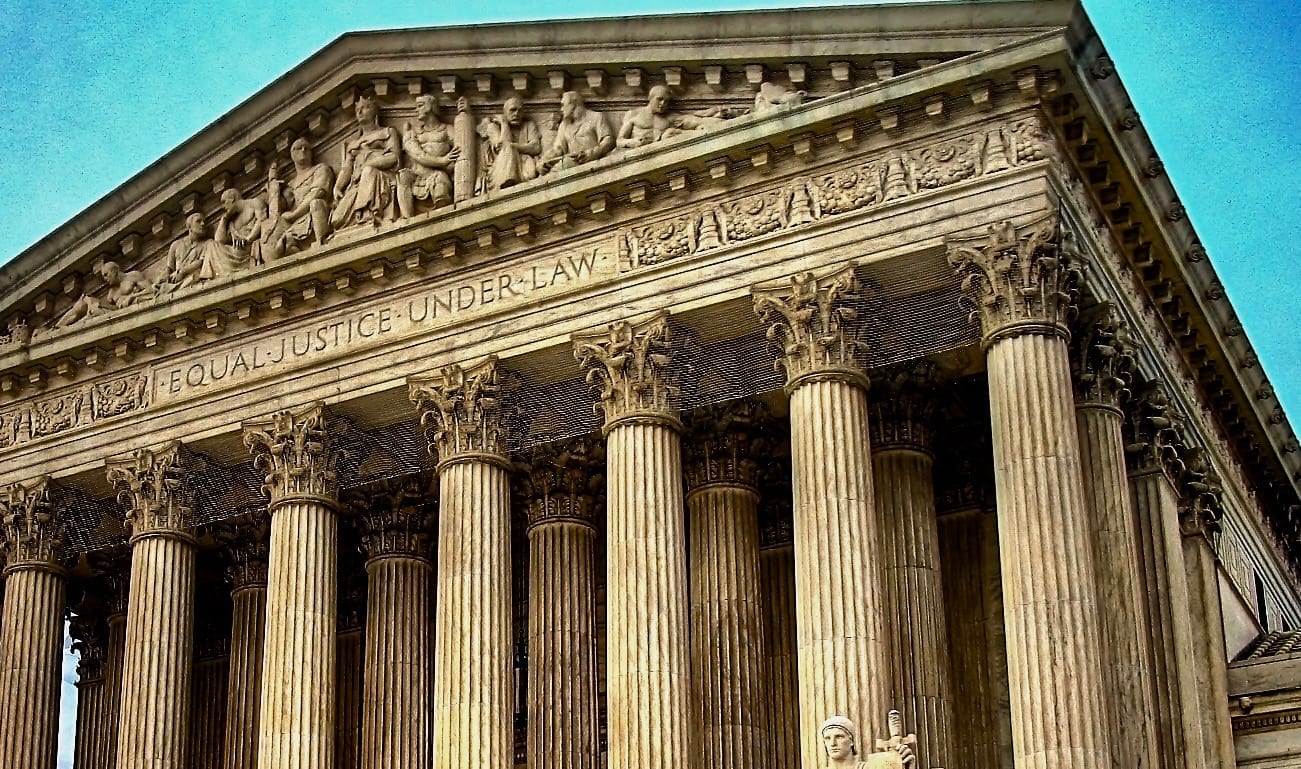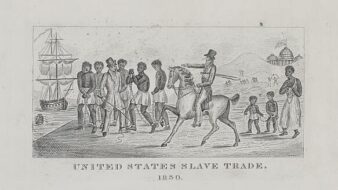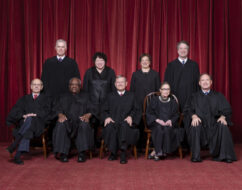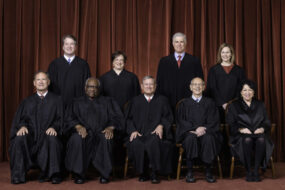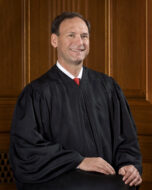
No related resources
Introduction
The distinctive religious culture of the Amish clashed with a Wisconsin State compulsory school attendance law requiring attendance through age 16. The Amish—for details about them, see the Court opinion—raised a combination of cultural and religious reasons for their separation from mainstream society but made their legal argument only on the basis of first amendment free exercise rights. The Court agreed with them by a vote of 6 to 1. (Justices Lewis F. Powell Jr. and William H. Rehnquist did not participate in the case.) In his opinion for the Court, Chief Justice Warren E. Burger summarized the facts of the case. Thus the Court expanded what it did in Sherbert v. Verner and ordered a religious exemption from a general law for the youths of an entire religion.
Source: 406 U.S. 205 (1972); https://www.law.cornell.edu/supremecourt/text/406/205. We have excerpted the Court’s opinion and the dissent of Justice William O. Douglas. We have omitted the concurring opinion of Justice Byron R. White. All footnotes added by the editors
CHIEF JUSTICE BURGER delivered the opinion of the Court.
. . . Respondents[1] Jonas Yoder and Wallace Miller are members of the Old Order Amish religion, and respondent Adin Yutzy is a member of the Conservative Amish Mennonite Church. . . . Wisconsin’s compulsory school attendance law required them to cause their children to attend public or private school until reaching age 16, but the respondents declined to send their children, ages 14 and 15, to public school after they completed the eighth grade. The children were not enrolled in any private school, or within any recognized exception to the compulsory attendance law, and they are conceded to be subject to the Wisconsin statute.
On complaint of the school district administrator for the public schools, respondents were charged, tried, and convicted of violating the compulsory attendance law in Green County Court, and were fined the sum of $5 each. Respondents defended on the ground that the application of the compulsory attendance law violated their rights under the First and Fourteenth Amendments. The trial testimony showed that respondents believed, in accordance with the tenets of Old Order Amish communities generally, that their children’s attendance at high school, public or private, was contrary to the Amish religion and way of life. They believed that, by sending their children to high school, they would not only expose themselves to the danger of the censure of the church community, but, as found by the county court, also endanger their own salvation and that of their children. The state stipulated that respondents’ religious beliefs were sincere.
In support of their position, respondents presented as expert witnesses scholars on religion and education whose testimony is uncontradicted. They expressed their opinions on the relationship of the Amish belief concerning school attendance to the more general tenets of their religion, and described the impact that compulsory high school attendance could have on the continued survival of Amish communities as they exist in the United States today. The history of the Amish sect was given in some detail, beginning with the Swiss Anabaptists of the 16th century, who rejected institutionalized churches and sought to return to the early, simple, Christian life deemphasizing material success, rejecting the competitive spirit, and seeking to insulate themselves from the modern world. As a result of their common heritage, Old Order Amish communities today are characterized by a fundamental belief that salvation requires life in a church community separate and apart from the world and worldly influence. This concept of life aloof from the world and its values is central to their faith.
A related feature of Old Order Amish communities is their devotion to a life in harmony with nature and the soil, as exemplified by the simple life of the early Christian era that continued in America during much of our early national life. Amish beliefs require members of the community to make their living by farming or closely related activities. Broadly speaking, the Old Order Amish religion pervades and determines the entire mode of life of its adherents. Their conduct is regulated in great detail by the Ordnung, or rules, of the church community. Adult baptism, which occurs in late adolescence, is the time at which Amish young people voluntarily undertake heavy obligations, not unlike the Bar Mitzvah of the Jews, to abide by the rules of the church community.
Amish objection to formal education beyond the eighth grade is firmly grounded in these central religious concepts. They object to the high school, and higher education generally, because the values they teach are in marked variance with Amish values and the Amish way of life; they view secondary school education as an impermissible exposure of their children to a “worldly” influence in conflict with their beliefs. The high school tends to emphasize intellectual and scientific accomplishments, self-distinction, competitiveness, worldly success, and social life with other students. Amish society emphasizes informal “learning through doing;” a life of “goodness,” rather than a life of intellect; wisdom, rather than technical knowledge; community welfare, rather than competition; and separation from, rather than integration with, contemporary worldly society.
Formal high school education beyond the eighth grade is contrary to Amish beliefs not only because it places Amish children in an environment hostile to Amish beliefs, with increasing emphasis on competition in class work and sports and with pressure to conform to the styles, manners, and ways of the peer group, but also because it takes them away from their community, physically and emotionally, during the crucial and formative adolescent period of life. During this period, the children must acquire Amish attitudes favoring manual work and self-reliance and the specific skills needed to perform the adult role of an Amish farmer or housewife. They must learn to enjoy physical labor. Once a child has learned basic reading, writing, and elementary mathematics, these traits, skills, and attitudes admittedly fall within the category of those best learned through example and “doing,” rather than in a classroom. And, at this time in life, the Amish child must also grow in his faith and his relationship to the Amish community if he is to be prepared to accept the heavy obligations imposed by adult baptism. . . .
I
There is no doubt as to the power of a state, having a high responsibility for education of its citizens, to impose reasonable regulations for the control and duration of basic education. See, e.g., Pierce v. Society of Sisters, 268 U.S. 510, 534 (1925). Providing public schools ranks at the very apex of the function of a state. Yet even this paramount responsibility was, in Pierce, made to yield to the right of parents to provide an equivalent education in a privately operated system. There, the Court held that Oregon’s statute compelling attendance in a public school from age eight to age 16 unreasonably interfered with the interest of parents in directing the rearing of their offspring, including their education in church-operated schools. As that case suggests, the values of parental direction of the religious upbringing and education of their children in their early and formative years have a high place in our society. Thus, a state’s interest in universal education, however highly we rank it, is not totally free from a balancing process when it impinges on fundamental rights and interests, such as those specifically protected by the Free Exercise Clause of the First Amendment, and the traditional interest of parents with respect to the religious upbringing of their children so long as they, in the words of Pierce, “prepare [them] for additional obligations.”
It follows that, in order for Wisconsin to compel school attendance beyond the eighth grade against a claim that such attendance interferes with the practice of a legitimate religious belief, it must appear either that the state does not deny the free exercise of religious belief by its requirement or that there is a state interest of sufficient magnitude to override the interest claiming protection under the Free Exercise Clause. Long before there was general acknowledgment of the need for universal formal education, the Religion Clauses had specifically and firmly fixed the right to free exercise of religious beliefs, and buttressing this fundamental right was an equally firm, even if less explicit, prohibition against the establishment of any religion by government. The values underlying these two provisions relating to religion have been zealously protected, sometimes even at the expense of other interests of admittedly high social importance. The invalidation of financial aid to parochial schools by government grants for a salary subsidy for teachers is but one example of the extent to which courts have gone in this regard, notwithstanding that such aid programs were legislatively determined to be in the public interest and the service of sound educational policy by states and by Congress.[2]
The essence of all that has been said and written on the subject is that only those interests of the highest order and those not otherwise served can overbalance legitimate claims to the free exercise of religion. We can accept it as settled, therefore, that, however strong the state’s interest in universal compulsory education, it is by no means absolute to the exclusion or subordination of all other interests. E.g., Sherbert v. Verner, 374 U.S. 398 (1963); . . . .[3]
II
We come then to the quality of the claims of the respondents concerning the alleged encroachment of Wisconsin’s compulsory school attendance statute on their rights and the rights of their children to the free exercise of the religious beliefs they and their forebears have adhered to for almost three centuries. In evaluating those claims, we must be careful to determine whether the Amish religious faith and their mode of life are, as they claim, inseparable and interdependent. A way of life, however virtuous and admirable, may not be interposed as a barrier to reasonable state regulation of education if it is based on purely secular considerations; to have the protection of the Religion Clauses, the claims must be rooted in religious belief. Although a determination of what is a “religious” belief or practice entitled to constitutional protection may present a most delicate question, the very concept of ordered liberty precludes allowing every person to make his own standards on matters of conduct in which society as a whole has important interests. Thus, if the Amish asserted their claims because of their subjective evaluation and rejection of the contemporary secular values accepted by the majority, much as Thoreau[4] rejected the social values of his time and isolated himself at Walden Pond, their claims would not rest on a religious basis. Thoreau’s choice was philosophical and personal, rather than religious, and such belief does not rise to the demands of the Religion Clauses.
Giving no weight to such secular considerations, however, we see that the record in this case abundantly supports the claim that the traditional way of life of the Amish is not merely a matter of personal preference, but one of deep religious conviction, shared by an organized group, and intimately related to daily living. That the Old Order Amish daily life and religious practice stem from their faith is shown by the fact that it is in response to their literal interpretation of the Biblical injunction from the Epistle of Paul to the Romans, “be not conformed to this world. . . .”[5] This command is fundamental to the Amish faith. . . .
The impact of the compulsory attendance law on respondents’ practice of the Amish religion is not only severe, but inescapable, for the Wisconsin law affirmatively compels them, under threat of criminal sanction, to perform acts undeniably at odds with fundamental tenets of their religious beliefs. Nor is the impact of the compulsory attendance law confined to grave interference with important Amish religious tenets from a subjective point of view. It carries with it precisely the kind of objective danger to the free exercise of religion that the First Amendment was designed to prevent. As the record shows, compulsory school attendance to age 16 for Amish children carries with it a very real threat of undermining the Amish community and religious practice as they exist today; they must either abandon belief and be assimilated into society at large or be forced to migrate to some other and more tolerant region.
In sum, the unchallenged testimony of acknowledged experts in education and religious history, almost 300 years of consistent practice, and strong evidence of a sustained faith pervading and regulating respondents’ entire mode of life support the claim that enforcement of the state’s requirement of compulsory formal education after the eighth grade would gravely endanger, if not destroy, the free exercise of respondents’ religious beliefs.
III
Neither the findings of the trial court nor the Amish claims as to the nature of their faith are challenged in this Court by the State of Wisconsin. Its position is that the state’s interest in universal compulsory formal secondary education to age 16 is so great that it is paramount to the undisputed claims of respondents that their mode of preparing their youth for Amish life, after the traditional elementary education, is an essential part of their religious belief and practice. Nor does the state undertake to meet the claim that the Amish mode of life and education is inseparable from and a part of the basic tenets of their religion—indeed, as much a part of their religious belief and practices as baptism, the confessional, or a sabbath may be for others.
Wisconsin concedes that, under the Religion Clauses, religious beliefs are absolutely free from the state’s control, but it argues that “actions,” even though religiously grounded, are outside the protection of the First Amendment. But our decisions have rejected the idea that religiously grounded conduct is always outside the protection of the Free Exercise Clause. It is true that activities of individuals, even when religiously based, are often subject to regulation by the states in the exercise of their undoubted power to promote the health, safety, and general welfare, or the federal government in the exercise of its delegated powers. But to agree that religiously grounded conduct must often be subject to the broad police power of the state is not to deny that there are areas of conduct protected by the Free Exercise Clause of the First Amendment, and thus beyond the power of the state to control, even under regulations of general applicability. This case, therefore, does not become easier because respondents were convicted for their “actions” in refusing to send their children to the public high school; in this context, belief and action cannot be neatly confined in logic-tight compartments.
Nor can this case be disposed of on the grounds that Wisconsin’s requirement for school attendance to age 16 applies uniformly to all citizens of the state and does not, on its face, discriminate against religions or a particular religion, or that it is motivated by legitimate secular concerns. A regulation neutral on its face may, in its application, nonetheless offend the constitutional requirement for governmental neutrality if it unduly burdens the free exercise of religion. Sherbert v. Verner.[6] The Court must not ignore the danger that an exception from a general obligation of citizenship on religious grounds may run afoul of the Establishment Clause, but that danger cannot be allowed to prevent any exception, no matter how vital it may be to the protection of values promoted by the right of free exercise. By preserving doctrinal flexibility and recognizing the need for a sensible and realistic application of the Religion Clauses, “we have been able to chart a course that preserved the autonomy and freedom of religious bodies while avoiding any semblance of established religion. This is a ‘tight rope,’ and one we have successfully traversed.” Walz v. Tax Commission of the City of New York, 397 U.S. 664 (1970).
We turn, then, to the state’s broader contention that its interest in its system of compulsory education is so compelling that even the established religious practices of the Amish must give way. Where fundamental claims of religious freedom are at stake, however, we cannot accept such a sweeping claim; despite its admitted validity in the generality of cases, we must searchingly examine the interests that the state seeks to promote by its requirement for compulsory education to age 16, and the impediment to those objectives that would flow from recognizing the claimed Amish exemption.
The state advances two primary arguments in support of its system of compulsory education. It notes, as Thomas Jefferson pointed out early in our history, that some degree of education is necessary to prepare citizens to participate effectively and intelligently in our open political system if we are to preserve freedom and independence. Further, education prepares individuals to be self-reliant and self-sufficient participants in society. We accept these propositions.
However, the evidence adduced by the Amish in this case is persuasively to the effect that an additional one or two years of formal high school for Amish children in place of their long-established program of informal vocational education would do little to serve those interests . . . .
The state attacks respondents’ position as one fostering “ignorance” from which the child must be protected by the state. No one can question the state’s duty to protect children from ignorance, but this argument does not square with the facts disclosed in the record. Whatever their idiosyncrasies as seen by the majority, this record strongly shows that the Amish community has been a highly successful social unit within our society, even if apart from the conventional “mainstream.” Its members are productive and very law-abiding members of society; they reject public welfare in any of its usual modern forms. The Congress itself recognized their self-sufficiency by authorizing exemption of such groups as the Amish from the obligation to pay social security taxes.
It is neither fair nor correct to suggest that the Amish are opposed to education beyond the eighth grade level. What this record shows is that they are opposed to conventional formal education of the type provided by a certified high school because it comes at the child’s crucial adolescent period of religious development. . . .
We must not forget that, in the Middle Ages, important values of the civilization of the Western World were preserved by members of religious orders who isolated themselves from all worldly influences against great obstacles. There can be no assumption that today’s majority is “right,” and the Amish and others like them are “wrong.” A way of life that is odd or even erratic but interferes with no rights or interests of others is not to be condemned because it is different.
The state, however, supports its interest in providing an additional one or two years of compulsory high school education to Amish children because of the possibility that some such children will choose to leave the Amish community, and that, if this occurs, they will be ill-equipped for life. The state argues that, if Amish children leave their church, they should not be in the position of making their way in the world without the education available in the one or two additional years the state requires. However, on this record, that argument is highly speculative. There is no specific evidence of the loss of Amish adherents by attrition, nor is there any showing that, upon leaving the Amish community, Amish children, with their practical agricultural training and habits of industry and self-reliance, would become burdens on society because of educational shortcomings. . . .
There is nothing in this record to suggest that the Amish qualities of reliability, self-reliance, and dedication to work would fail to find ready markets in today’s society. Absent some contrary evidence supporting the state’s position, we are unwilling to assume that persons possessing such valuable vocational skills and habits are doomed to become burdens on society should they determine to leave the Amish faith, nor is there any basis in the record to warrant a finding that an additional one or two years of formal school education beyond the eighth grade would serve to eliminate any such problem that might exist.
Insofar as the state’s claim rests on the view that a brief additional period of formal education is imperative to enable the Amish to participate effectively and intelligently in our democratic process, it must fall. The Amish alternative to formal secondary school education has enabled them to function effectively in their day-to-day life under self-imposed limitations on relations with the world, and to survive and prosper in contemporary society as a separate, sharply identifiable and highly self-sufficient community for more than 200 years in this country. In itself, this is strong evidence that they are capable of fulfilling the social and political responsibilities of citizenship without compelled attendance beyond the eighth grade at the price of jeopardizing their free exercise of religious belief. When Thomas Jefferson emphasized the need for education as a bulwark of a free people against tyranny, there is nothing to indicate he had in mind compulsory education through any fixed age beyond a basic education. Indeed, the Amish communities singularly parallel and reflect many of the virtues of Jefferson’s ideal of the “sturdy yeoman” who would form the basis of what he considered as the ideal of a democratic society. Even their idiosyncratic separateness exemplifies the diversity we profess to admire and encourage. . . .
IV
Finally, the state, on authority of Prince v. Massachusetts, argues that a decision exempting Amish children from the state’s requirement fails to recognize the substantive right of the Amish child to a secondary education, and fails to give due regard to the power of the state as parens patriae[7] to extend the benefit of secondary education to children regardless of the wishes of their parents. . . .
. . . [I]n this case, the Amish have introduced persuasive evidence undermining the arguments the state has advanced to support its claims in terms of the welfare of the child and society as a whole. The record strongly indicates that accommodating the religious objections of the Amish by forgoing one, or at most two, additional years of compulsory education will not impair the physical or mental health of the child or result in an inability to be self-supporting or to discharge the duties and responsibilities of citizenship, or in any other way materially detract from the welfare of society.
In the face of our consistent emphasis on the central values underlying the Religion Clauses in our constitutional scheme of government, we cannot accept a parens patriae claim of such all-encompassing scope and with such sweeping potential for broad and unforeseeable application as that urged by the state.
V
For the reasons stated we hold, with the Supreme Court of Wisconsin, that the First and Fourteenth Amendments prevent the state from compelling respondents to cause their children to attend formal high school to age 16. Our disposition of this case, however, in no way alters our recognition of the obvious fact that courts are not school boards or legislatures, and are ill-equipped to determine the “necessity” of discrete aspects of a state’s program of compulsory education. This should suggest that courts must move with great circumspection in performing the sensitive and delicate task of weighing a state’s legitimate social concern when faced with religious claims for exemption from generally applicable educational requirements. It cannot be overemphasized that we are not dealing with a way of life and mode of education by a group claiming to have recently discovered some “progressive” or more enlightened process for rearing children for modern life. . . .
. . . In light of this convincing showing, one that probably few other religious groups or sects could make, and weighing the minimal difference between what the state would require and what the Amish already accept, it was incumbent on the state to show with more particularity how its admittedly strong interest in compulsory education would be adversely affected by granting an exemption to the Amish. . . .
JUSTICE DOUGLAS dissenting in part.
I
I agree with the Court that the religious scruples of the Amish are opposed to the education of their children beyond the grade schools, yet I disagree with the Court’s conclusion that the matter is within the dispensation of parents alone. The Court’s analysis assumes that the only interests at stake in the case are those of the Amish parents, on the one hand, and those of the state, on the other. The difficulty with this approach is that, despite the Court’s claim, the parents are seeking to vindicate not only their own free exercise claims, but also those of their high-school-age children. . . .
. . . If the parents in this case are allowed a religious exemption, the inevitable effect is to impose the parents’ notions of religious duty upon their children. Where the child is mature enough to express potentially conflicting desires, it would be an invasion of the child’s rights to permit such an imposition without canvassing his views. . . .
II
. . .
In Tinker v. Des Moines School District, 393 U.S. 503, we dealt with 13-year-old, 15-year-old, and 16-year-old students who wore armbands to public schools and were disciplined for doing so. We gave them relief, saying that their First Amendment rights had been abridged.
“Students, in school as well as out of school, are “persons” under our Constitution. They are possessed of fundamental rights which the state must respect, just as they themselves must respect their obligations to the state.”. . .
It is the future of the student, not the future of the parents, that is imperiled by today’s decision. If a parent keeps his child out of school beyond the grade school, then the child will be forever barred from entry into the new and amazing world of diversity that we have today. The child may decide that that is the preferred course, or he may rebel. It is the student’s judgment, not his parents’, that is essential if we are to give full meaning to what we have said about the Bill of Rights and of the right of students to be masters of their own destiny. . . .
III
. . . What we do today, at least in this respect, opens the way to give organized religion a broader base than it has ever enjoyed, and it even promises that in time Reynolds[8] will be overruled. . . .
- 1. Defendants in a suit, in this case the parents who kept their children out of school before they were 16.
- 2. See Everson v. Board of Education and Lemon v. Kurzman.
- 3. Sherbert v. Verner
- 4. Henry David Thoreau (1817–1862) was an American poet and philosopher.
- 5. Romans 12:2
- 6. Sherbert v. Verner
- 7. A Latin phrase meaning “parents of the nation,” this is a legal doctrine that the state has the power to act in place of parents or guardians to protect children or other individuals unable to protect themselves.
- 8. Reynolds v. United States

Conversation-based seminars for collegial PD, one-day and multi-day seminars, graduate credit seminars (MA degree), online and in-person.





